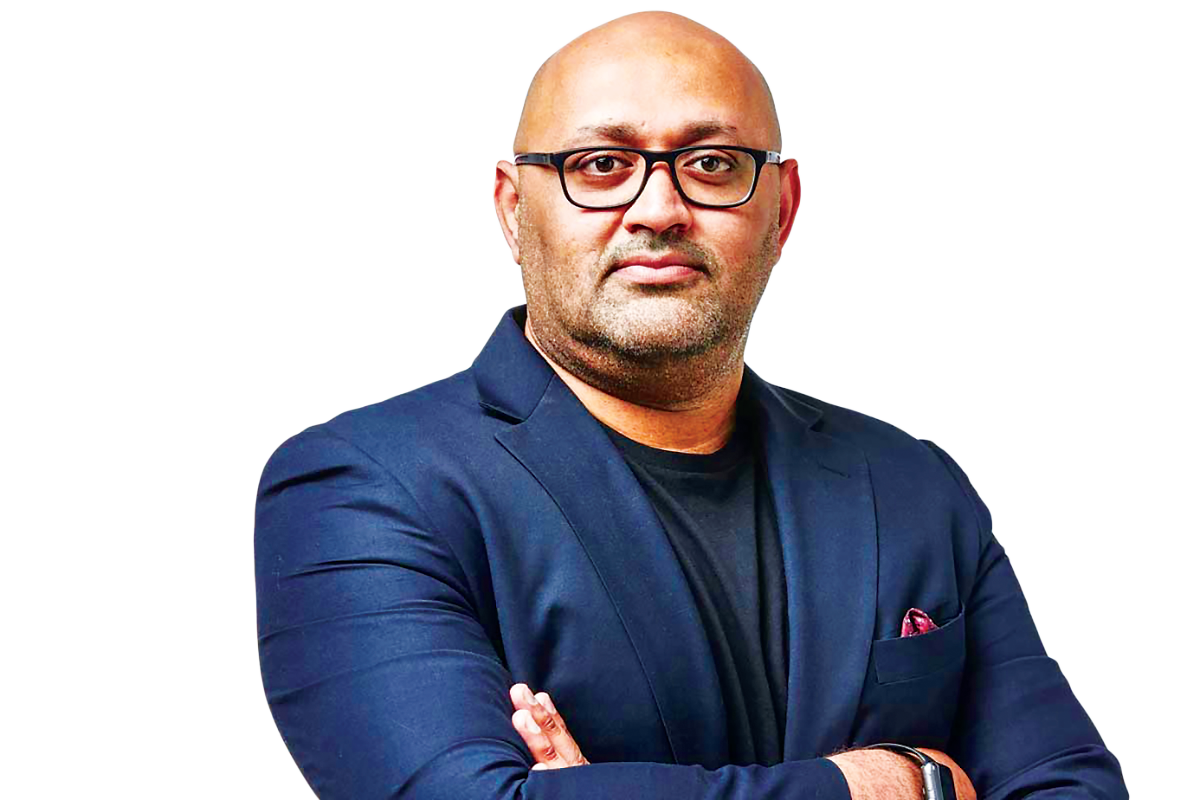The inaugural Time 100 Gala and Impact Awards was held at Dubai’s Museum of the Future . The ceremony was the first major event to take place at the museum since its opening on February 22.
The landmark was lit with a touch of Time’s red as regional leaders and cultural figures gathered alongside members of the global Time 100 community.
Notable personalities who attended the red carpet event included civil rights activist Amanda Nguyen, who was named in Time’s first Women of the Year list this month; Omotola Jalade Ekeinde, Nigerian singer, actress and philanthropist; French-Tunisian contemporary artist el Saeed; US model Tyra Banks; and Sheikha Lubna Al Qasimi , the first woman to hold a ministerial position in the UAE.
Sheikha Lubna was formerly the minister of state for tolerance, minister of state for international co-operation and development, and minister of economy and planning
The winners
Minister of State for Advanced Technology Sarah Al Amiri was among the award recipients. Chairwoman of the UAE Space Agency and the UAE Council of Scientists, Ms Al Amiri was honoured for her role in helping to take the UAE to Mars.
British-Ghanian architect Sir David Adjaye, whose designs include the National Museum of African American History and Culture in the US, as well as the Abrahamic Family House in Abu Dhabi, was also honoured for his work.
Mr Adjaye was honoured, according to Time, for “reorienting the world’s attention and shining a light on cultures from every corner of the world”.
Tony Elumelu was also a winner of the Impact Awards. The Nigerian economist was honoured for his efforts, through his eponymous foundation, in empowering African entrepreneurs to create jobs on the continent.
Bollywood star Deepika Padukone was also among the winners. The actress was recognised for her advocacy work on mental health..
Makeup artist and founder of Huda Beauty, Huda Kattan, was awarded the prize for “disrupting what it means to be beautiful”.
The Iraqi-American entrepreneur launched her skincare line Wishful in 2020 with a campaign that featured Kattan and the company staff without filters or makeup.
Will.i.am was also a winner of the inaugural Impact Awards. The Black Eyed Peas founder was praised as much for his music as his philanthropy, and his work advocating forward-thinking tech and artificial intelligence strategies.
Pop star Ellie Goulding was also named a winner for being “a champion and protector of the environment”.
source/content: thenationalnews.com (edited)
______________

__________________________________
UNITED ARAB EMIRATES (U.A.E)









